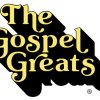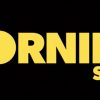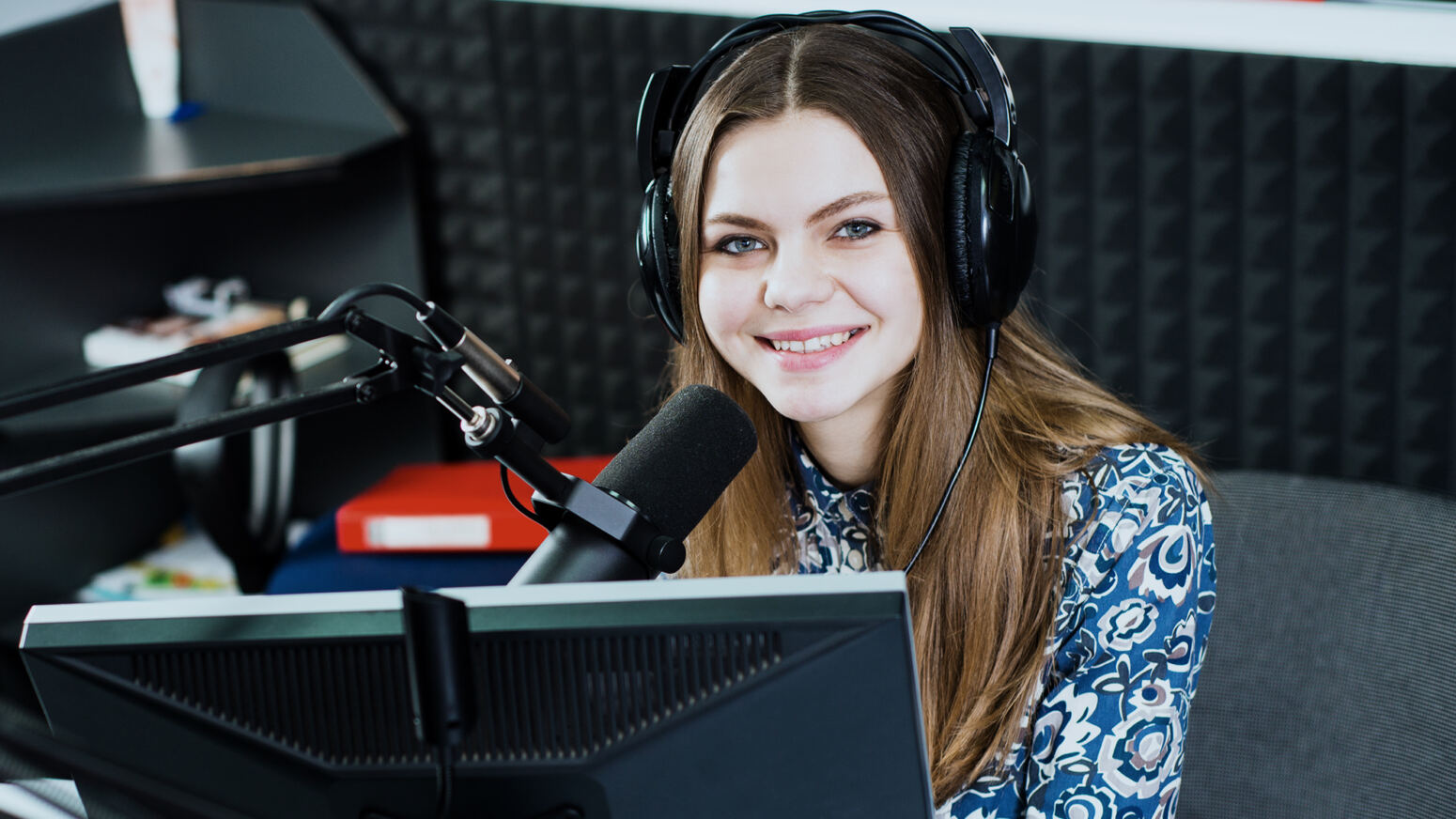A brief history of the steel pan
-
Published

Amid the electronica of 20th Century music one new instrument stands out for its simplicity. The steel pan, possibly the only instrument made out of industrial waste, has become an icon of Trinidadian culture.
Hammered into the shiny metal surface is a series of dents. Each one creates a different note, subtly different from the ones around it, according to their position and size.
The steel pan, often referred to incorrectly as a steel drum, emerged in the 1930s. Metal objects including car parts, paint pots, dustbins, oil drums, and biscuit tins, were originally used as percussion instruments, but at some point, they began to be tuned.
“It was a slow process, everyone got together and invented the steel pan by using pots and pans and testing them out,” says Sterling Betancourt, a Trinidadian panman who now lives in London.
“The sound and the notes came, but it wasn’t like we thought about it.”
Betancourt, 82, grew up in Laventille, a poor suburb just outside Port of Spain, said by many to be the birthplace of the steel pan.
“It was exciting, we knew we had something but we were just playing, it took time,” he says.
The history of Trinidadian street music goes back centuries.
When French planters arrived in Trinidad in the late 1700s they brought with them a carnival tradition – and their slaves formed their own festival, fuelled by drum music.
After emancipation in 1834 the celebrations became noisier and more colourful, though after disturbances in 1881, the British government tried to ban the performers’ sticks and drums.
What followed was the tamboo-bamboo – bamboo sticks cut for striking together and hammering against the ground.
But in 1934 the tamboo-bamboo was banned too.
This is when the steel pan came into its own.
“It really came from the bowels of our impoverished lower classes and we are extremely proud of that,” says Michelle Huggins-Watts, a Trinidadian steel pan arranger.
“It helped bring the players recognition, it allowed them to travel and see the world, it brought opportunities they would never have had if they had not been involved in this art form.”
Huggins-Watts is a rare thing. She is the only woman arranger to win the island’s prestigious Panorama competition with her band, Valley Harps.
“It wasn’t until the late 1970s or 80s that women even started playing the steel pan. It was a street instrument, it took a while to become respectable,” she adds.
The pans used by the Valley Harps are made from old chemical containers now, they are more readily available than oil drums.
“They have to be very carefully cleaned so they are safe,” she adds.
“Some pans are made from scratch, brand new, but that’s a very new thing.”
By 1951, Trinidad’s new steel bands put forward their best players, including Betancourt, to join the Trinidad All Steel Percussion Orchestra for the Festival of Britain.
“We went over with our rusty pans. They weren’t painted or chromed or anything – just dustbins,” Betancourt says. “People didn’t know what to expect, but they liked it. They said it was ‘black magic’.”

Sterling Betancourt, second from left, with the Trinidad All Steel Band
The music has been keenly adopted by the pop world. The Hollies used the sound of the steel pan in their song Carrie Anne, Prince used it in his song New Position, and 70s jazz-fusion band Spyro Gyra incorporated the sound of steel in Morning Dance.

“There is something about the steel pan and Caribbean music in general that resonates with the rest of the world,” says Professor Tim Wall, a radio and pop music studies lecturer at Birmingham City University.
“It’s familiar, they play songs that we know, but it’s also very exotic, and we like that.”
It also sounds like holidays, and sunshine, which may explain some of its appeal.
“It can sometimes have a cruise ship mentality, people think of it as a happy summery sound from Trinidad and the Caribbean islands, but it is a lot more than that. It’s got a significant history,” adds Wall.
“Music builds community and acts as a form of communication. Looking back centuries ago, slaves had been stripped of their cultural identity, their names, and their music, so they created new music using things they found lying around. That created that rich history of percussion music.”





















![Miami 2019 [Soundcloud]](https://hcf-radio.com/wp-content/uploads/2020/06/pr-pod-05.jpg)


